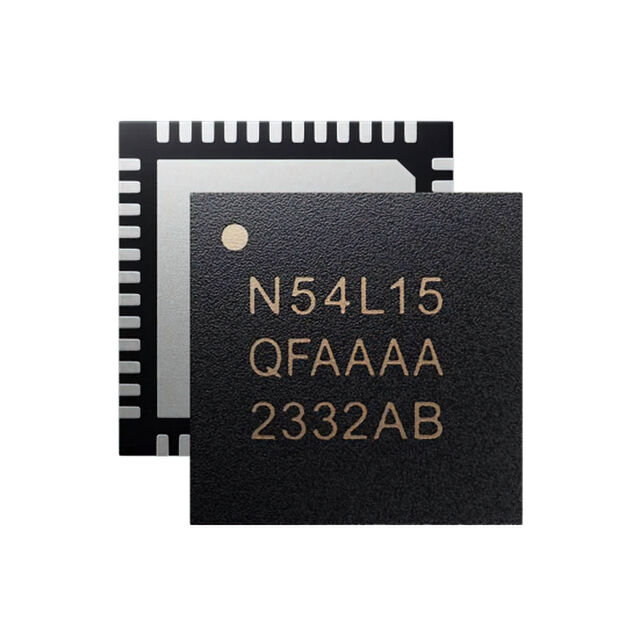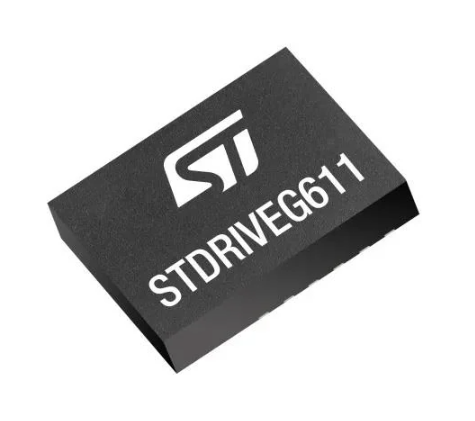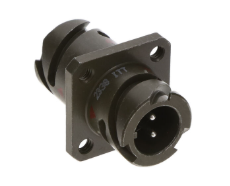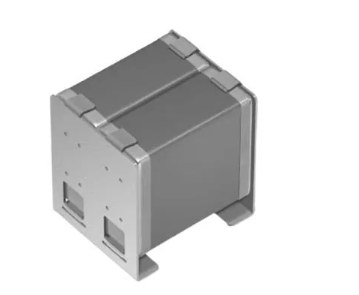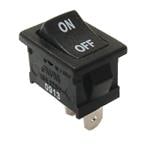Kyocera, Rohde & Schwarz to demo OTA characterisation of mmWave PAAM
Kyocera and Rohde & Schwarz will showcase the characterisation of a novel mmWave, phased array antenna for a variety of sensing and communication applications at IMS in San Francisco (June 17-19).
Crucial to the demonstration is the R&S ATS1800M 5G NR multi-directional mmWave test chamber from Rohde & Schwarz, designed for over-the-air (OTA) testing with an exceptionally small footprint.
The demonstration will focus on mobile communications in the 5G FR2, n257 band. Mobile communications in this frequency range experience a high path loss, which can be solved using beamforming antenna arrays.
In contrast to traditional antennas, FR2 antennas typically use phased arrays with a high number of individual antenna elements. Kyocera has developed a novel phased array antenna module (PAAM) featuring 384 dual polarization elements, which can create up to 8 simultaneous beams in different directions at different frequencies.
With this design, the PAAM can be used in site installations allowing multiple operators to run networks on different frequency bands. In protection applications, PAAM technology can be adapted to sense threats, perform surveillance, and communicate simultaneously.
However, all of these antenna elements must work together perfectly to form an RF beam with the desired characteristics.
Rohde & Schwarz offers a patented approach for OTA testing of such a complex antenna array in a fully shielded environment, which helps engineers verify the correct beam pattern and supports the process of minimizing sidelobes.
The R&S ATS1800M is a solution that features four feed antennas and CATR reflectors, each with a 30cm quiet zone (QZ).
At IMS, the Kyocera PAAM device under test (DUT) is placed on a rugged 3D positioner in the center, where all four QZs overlap, coming from multiple directions. This allows Kyocera’s engineers to address a variety of different tests, including the simultaneous reception of RF beams from four different directions.
Thanks to the vertical CATR design patented by Rohde & Schwarz, this setup takes up a smaller footprint in the lab compared to other OTA solutions.
The full test setup contains multiple test instruments from Rohde & Schwarz in addition to the mmWave test chamber, which work seamlessly together.
These are four 5G NR-capable R&S SMW200A vector signal generators, two 5G NR-capable signal and spectrum analyzers (R&S FSW and R&S FSVA3044), as well as an R&S ZNA 4-port vector network analyzer and two R&S NGP power supplies. Each generator simulates a 5G NR FR2 signal which will be fed through one of the R&S ATS1800M feed antennas. The DUT receives the signal via one of the CATR reflectors.
With the combination of all signal sources, feed antennas and reflectors, Kyocera’s engineers can simulate complex reception scenarios of four frequency-independent signals from four different locations. The received signal quality can be observed using the signal analyzers connected to the Kyocera PAAM.
Visitors to IMS 2025 can experience this milestone demonstration live at the Kyocera booth #1651 at Moscone Center in San Francisco, June 17-19.


